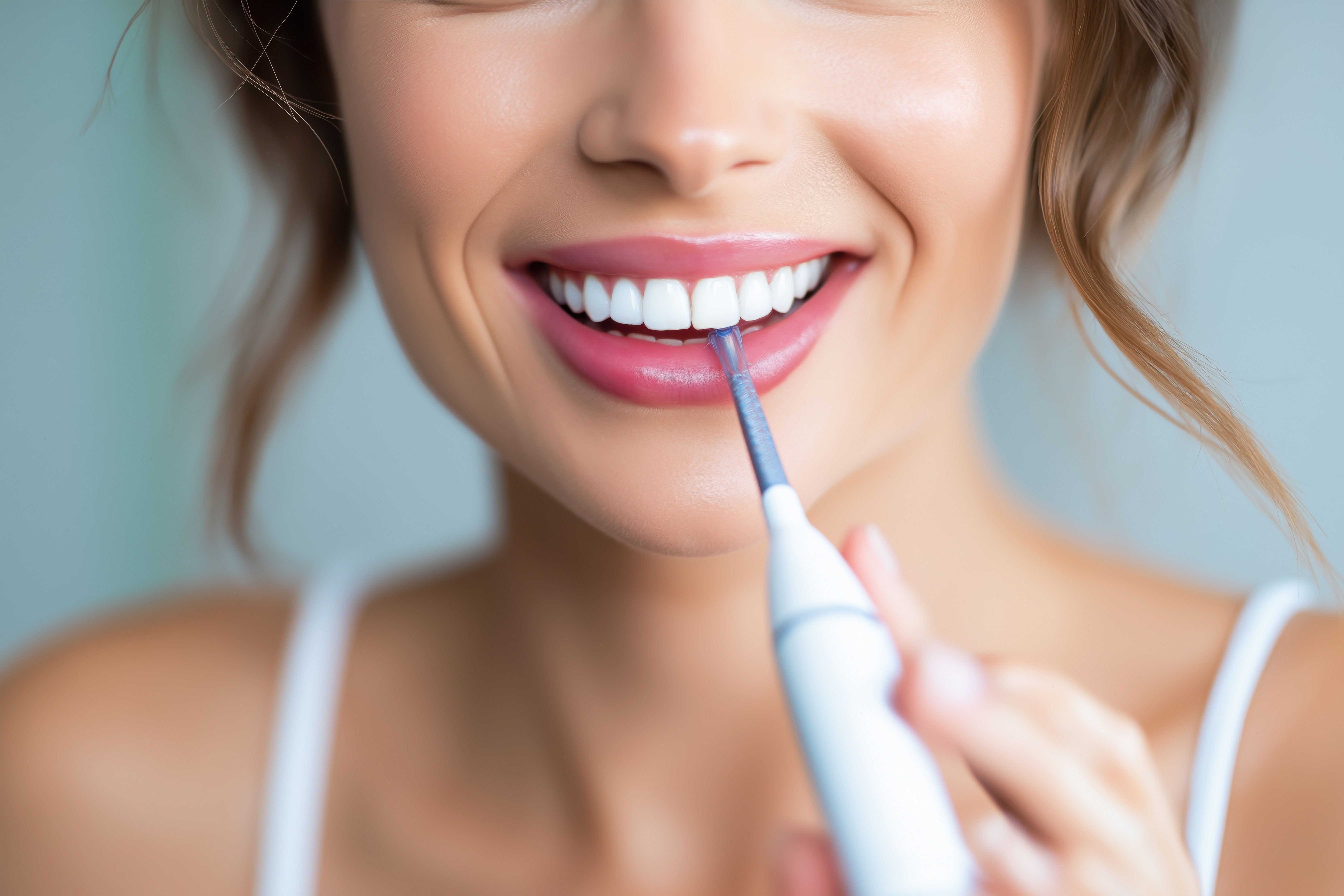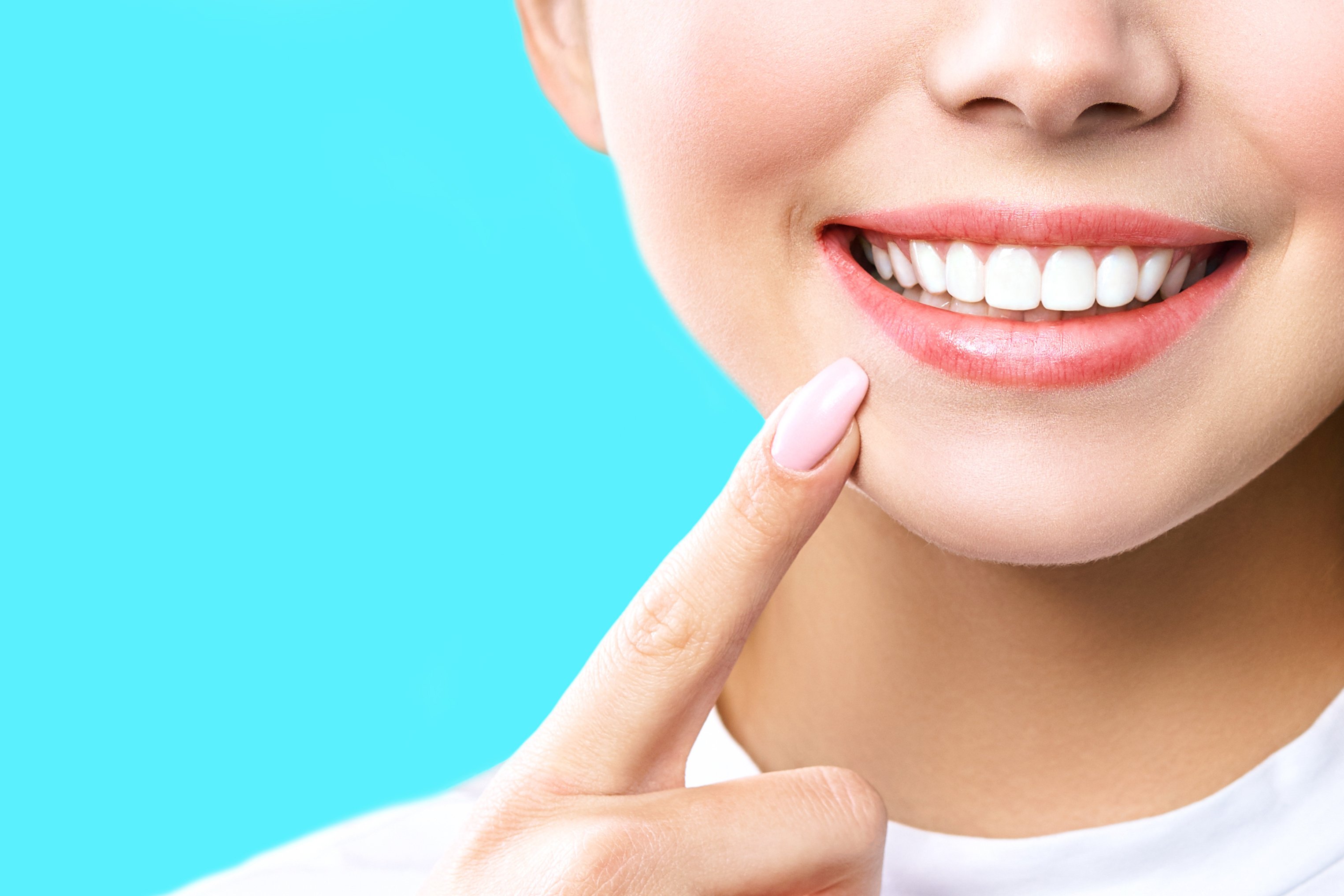Top Types of Floss: Pros and Cons

Flossing is an important part of good dental hygiene. These days, there are a variety of flossing options available to make the process easier and more comfortable. Here are the advantages and disadvantages of the most common types of flossing products, along with some tips for keeping your teeth clean and healthy.
Unwaxed Floss:
Comprised of thin strands of nylon; usually flavorless.
- Pros: Easy grip results in less wasted floss; able to fit in tighter spaces; a good choice for people with teeth that fit especially close together.
- Cons: Since it's not particularly sturdy, strands can fray, shred, or break during use.
Waxed Floss:
Comprised of thin strands of nylon with a slightly waxy coating; can have cinnamon or mint flavor.
- Pros: Wax coating makes it easier to slide the floss between teeth; tends to break less often since it's sturdier than unwaxed floss.
- Cons: Because it's thicker than unwaxed floss, waxed floss is harder to fit into tighter gaps. It is also harder to grip, and the waxy texture is unpleasant to some.
PTFE Floss:
Comprised of polytetrafluoroethylene, the same material used to make high-tech Gore-Tex fabrics.
- Pros: Easily slides between teeth, making it a good choice for people with challenging dental work or crowded teeth.
- Cons: Contains potentially carcinogenic chemicals; could negatively impact hormone levels and the immune system since it contains endocrine disruptors, according to some research.
Dental Tape:
Flatter and thicker than standard floss; available in unwaxed and waxed.
- Pro: Since it's thicker than standard floss, dental tape is sturdier and more appropriate for larger gaps between teeth.
- Cons: Dental tape doesn't fit very well between crowded teeth.
Super Floss:
A pre-threaded flosser available in pre-cut segments.
- Pro: Effectively removes plaque from around implants, braces and bridges.
- Cons: Not ideal for people who have especially narrow gaps between teeth.
Electric Flosser:
Made of sturdy nylon; vibrates in an oscillating motion between teeth to enhance plaque removal.
- Pros: An effective alternative for people with arthritis or physical disabilities that make it difficult to maneuver floss.
- Cons: Can be especially hard on the gums; improper or aggressive use can alter the shape of gum tissue and negatively impact the appearance of a user's smile.
Biodegradable and Natural Floss:
Comprised of silk or other environmentally friendly materials.
- Pro: Biodegrade in landfills.
- Cons: Some animal rights activists worry about the impact production can have on insects which produce the silk.
Water Flosser:
Mechanical device that shoots a focused stream of water between teeth.
- Pros: Easy to use; produces less waste; an effective tool for people who have braces or other dental work that makes flossing more difficult.
- Cons: Can be costly; won't work without electricity or water.
Whatever type of floss you select, it's important to use proper technique to prevent injury and eliminate as much plaque as possible. Review the American Dental Association's guide to proper flossing technique so you can keep your teeth cleaner and reduce the risk of decay. You should also schedule regular professional cleanings and exams with your local dentist to check for minor issues before they evolve into serious problems.


